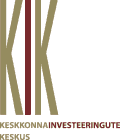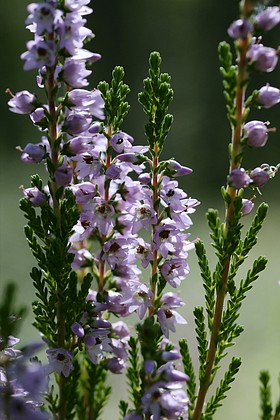Last major forage for honey bees
Photos: Arne Ader
Translation: Liis
Heather
|
Heather |
Harilik kanarbik
|
Calluna vulgaris |
It is a heralding of summer’s end in a way, when heaths and moorland forests turn heather-coloured – a beautiful view. Bee colonies are usually brought to collect heather honey in July, and in a good year the collection of one hive can yield 40 kilos of honey (note that last year honey-collecting from heather was practically non-existent). In such mobile hives that are placed in sparse moorland forests a deafening buzz – with no exaggeration - can be heard in fine weather. The honey itself has a strong aromatic taste, but our delicacy doesn’t suit the bees as winter food.
Looking at its habitats, heather seems to be an accommodating plant, but it needs sunshine and in such surroundings manages to overtake other plants; in shadowed locations however it is overpowered by the competitors and dies out.
The heather plant is well adapted to dry conditions, looking at its tiny, scale-like leaves it is easy to understand that from there not the smallest drop of water is released unnecessarily.
Moorland pine forest. Nõva










